Have you ever seen a dog pause mid-walk, nose pressed to the ground, completely unaware of everything else? Why do some dogs seem obsessed with scents, while others barely take notice?
The answer lies deep in their bloodline. Certain breeds were developed over centuries to track prey, search for people, or follow trails that humans couldn’t see. It’s more than curiosity—it’s hardwired instinct.
These dogs don’t need direction when it comes to scent. They follow it because they were built for it. And for them, every scent tells a story worth chasing. If you’ve ever been amazed by a dog’s ability to follow a trail or wondered which breeds excel at tracking, you’re not alone.
This article highlights the dog breeds with the strongest tracking instincts and breaks down the natural traits that fuel their powerful sense of smell.
Dog Breeds With Tracking Instincts
1. Redbone Coonhound
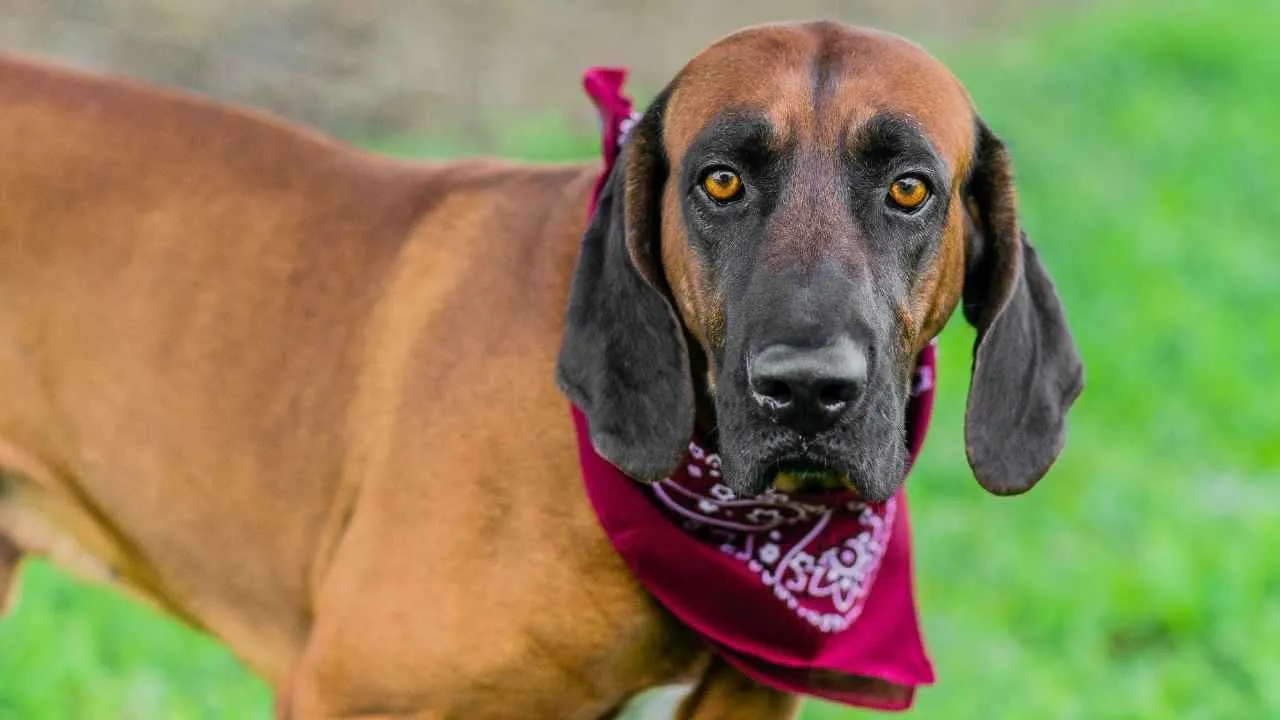
Redbone Coonhounds were bred in the American South with the specific goal of creating a reliable scent-trailing companion, as mentioned in the AKC. Their deep red coat helped them stay visible in dense forest terrain. A lean frame and strong limbs allow them to track through rough ground without tiring quickly.
Steady Nose and Determined Focus
This breed is recognized for its ability to follow cold trails with unwavering determination. Even hours-old scents don’t faze them, a trait highly valued in experienced tracking dogs. Their long ears and loose skin help funnel scents directly to the nose while working.
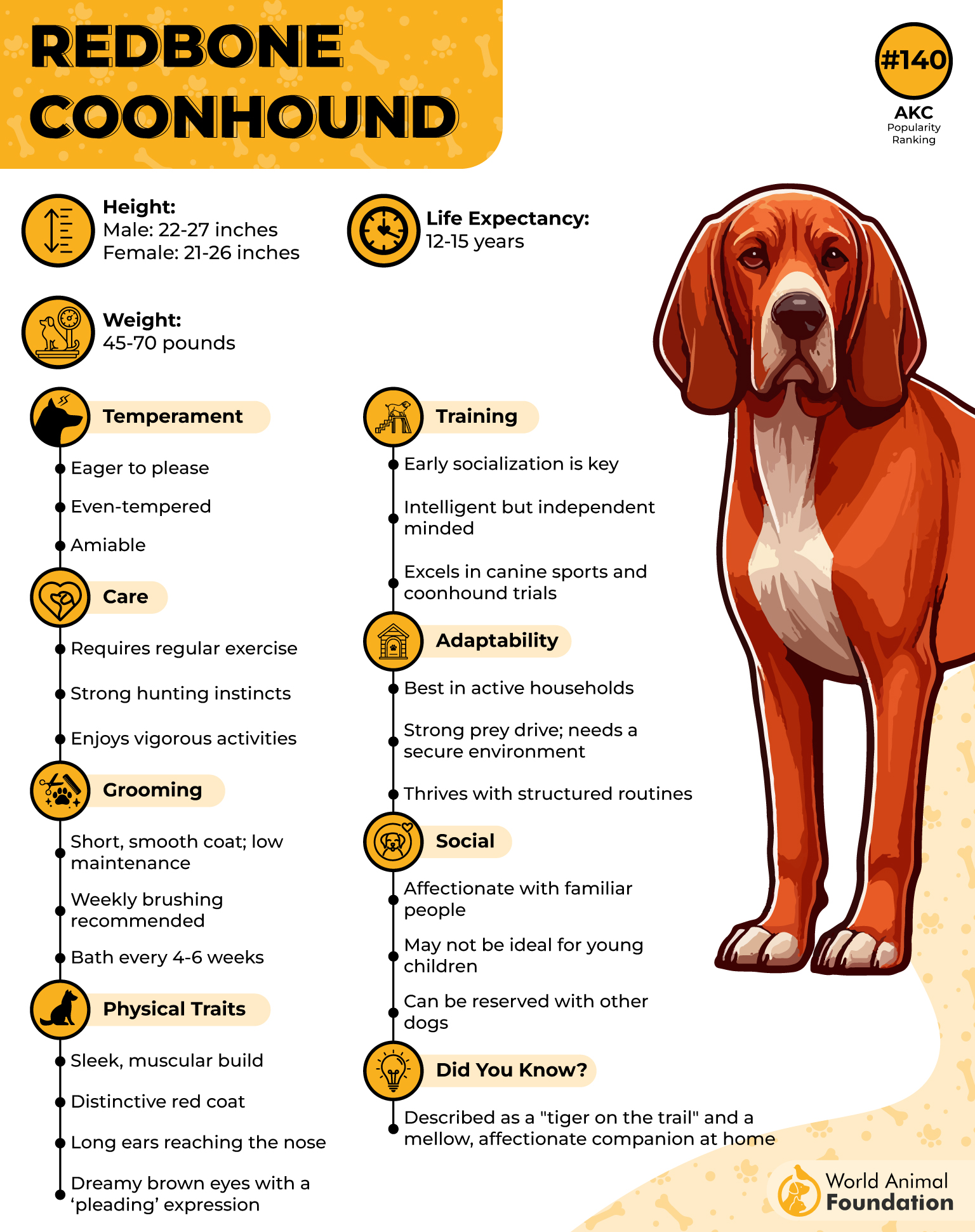
Adaptable Personality and Work Ethic
Though selectively bred for endurance and treeing game, Redbones adjust well to calmer environments. With early socialization, they develop steady temperaments that make them a manageable family dog in the right setup. They respond best to routines that offer scent-driven activity.
A Known Trait Among Hunters
One respected quality among hunters is their vocal precision — they give off distinct baying tones that signal the stage of the chase. This trait reflects centuries of selective breeding for vocal clarity in a serious hunting dog.
2. American Foxhound
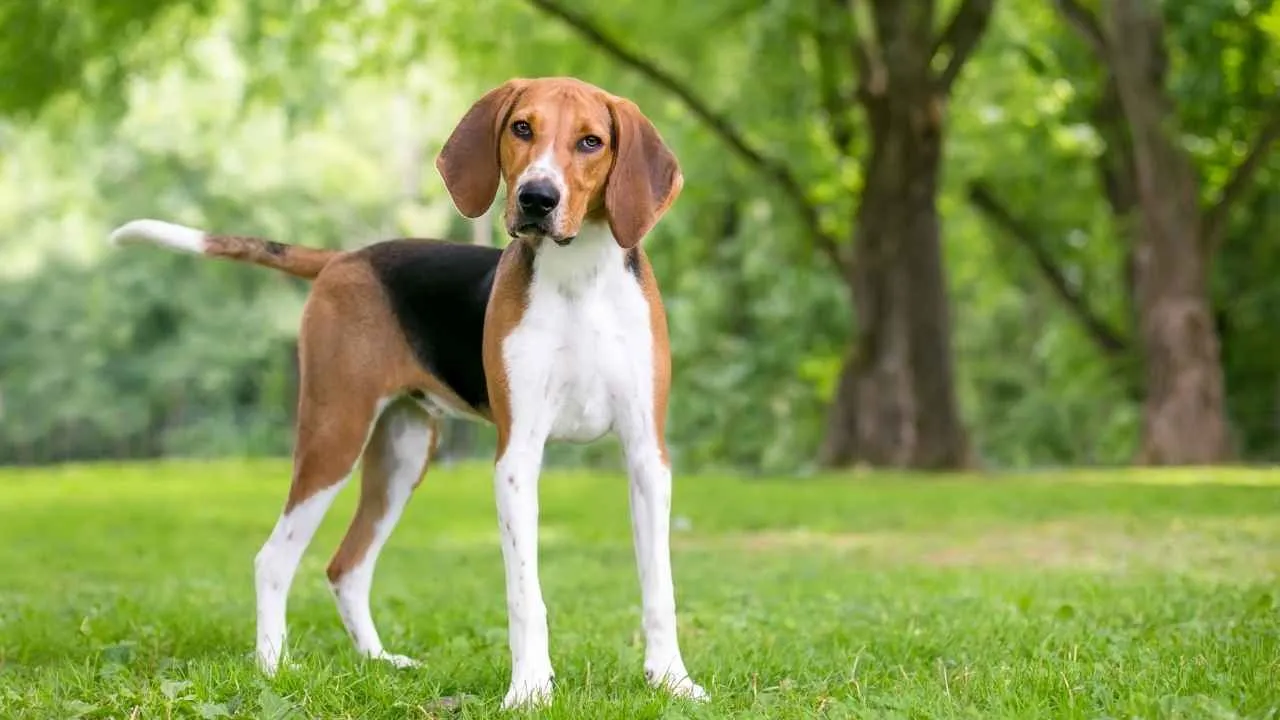
The American Foxhound has a narrow frame and long legs that contribute to their impressive endurance. Their gait is smooth and efficient, covering large distances without excessive strain. This makes them especially reliable in extended tracking scenarios where terrain varies.
Persistent Nose and High Scent Drive
Known for their powerful olfactory sense, they excel in following faint scent trails for hours. Their tracking ability is instinctive, often requiring little guidance once on a trail. These traits place them among the most focused and naturally driven scent hounds.
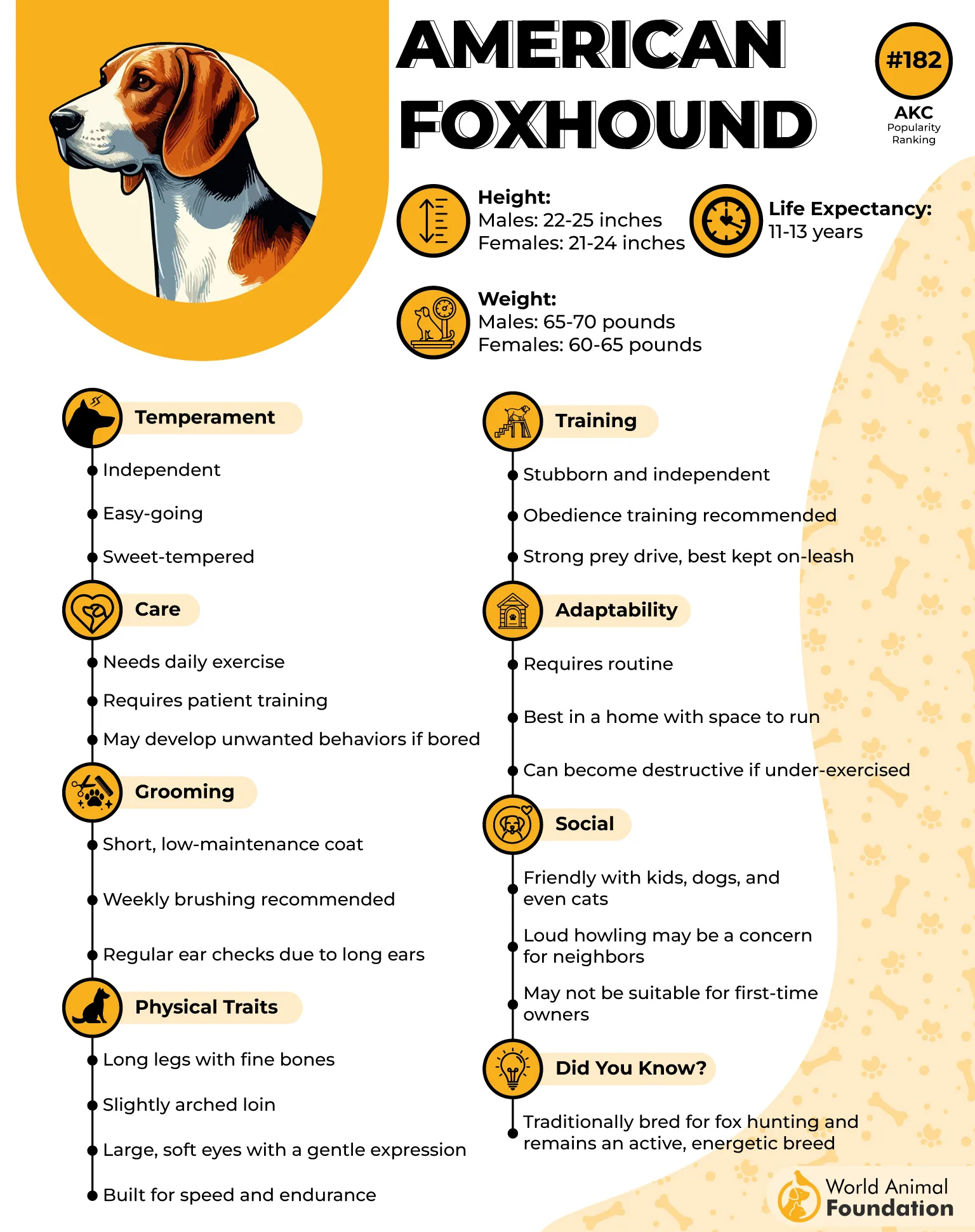
Behavioral Patterns Around Others
Although they were originally bred for pack hunting, they generally get along well with other dogs when properly introduced. However, their deep, baying voice can be frequent if not mentally engaged. They stay calm indoors if their outdoor exercise needs are consistently met.
Adaptability in Group Settings
With early social exposure, they can integrate into homes as active family pets, though they do best with space and structure. They aren’t known for aggressive behavior, but may show independent decision-making when off-leash. Patience in training is key to long-term success.
3. Beagle
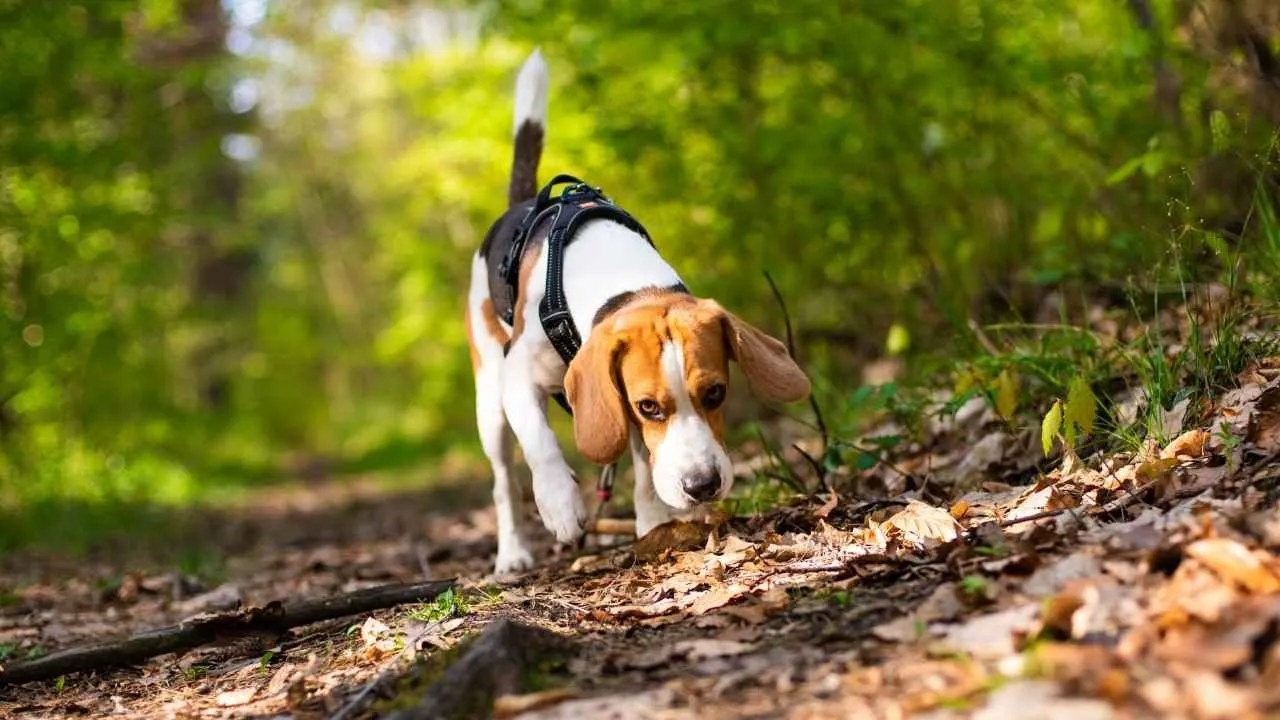
Beagles have around 220 million scent receptors — a number that places them among the most scent-driven dogs in the world, as A-Z Animals stated. Their long ears and broad muzzles help stir and trap odors close to the nose. This physical structure enhances their legendary sense of smell on both fresh and old trails.
Constant Head-to-Ground Motion
Their tracking behavior is instinctive — most Beagles will naturally follow scent trails without formal training. They’re often seen nose-down in parks, yards, or even indoors. This pattern mirrors the tracking style observed in larger scenthounds, but on a smaller, more adaptable scale.
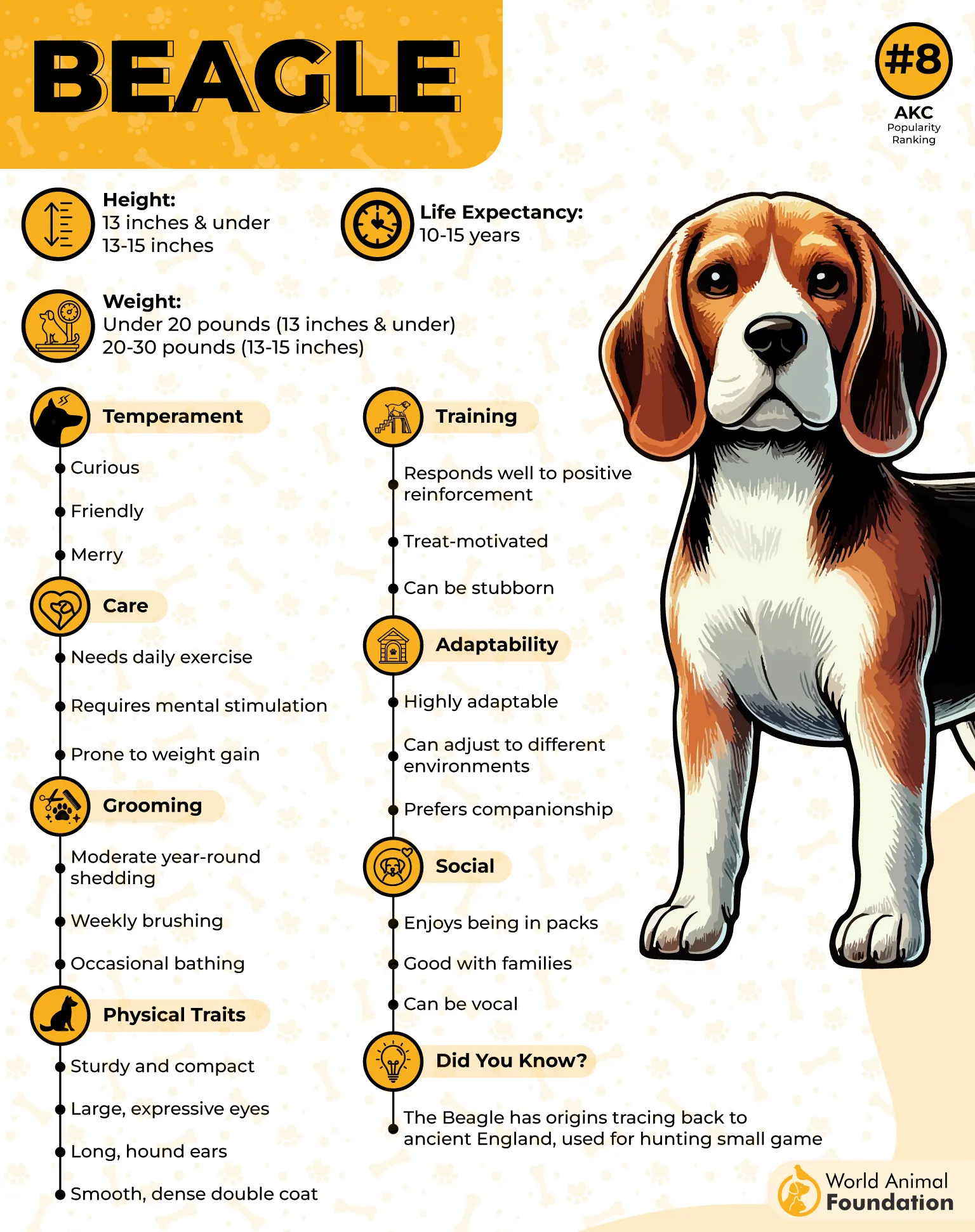
Social and Sound-Oriented Instincts
Beagles are known for their ability to live peacefully with other pets when introduced properly. Their vocalizations, such as the unique bay or howl, serve as communication cues during tracking. This natural call-and-response behavior is hardwired and adds clarity during outdoor pursuits.
Steady Temperament and Versatility
Their compact size and social disposition make them a great family dog for active households. Even with strong tracking instincts, they remain friendly, curious, and eager to explore. Their strong sense of routine helps them stay mentally engaged, especially when given daily scent-based challenges.
4. German Shorthaired Pointer
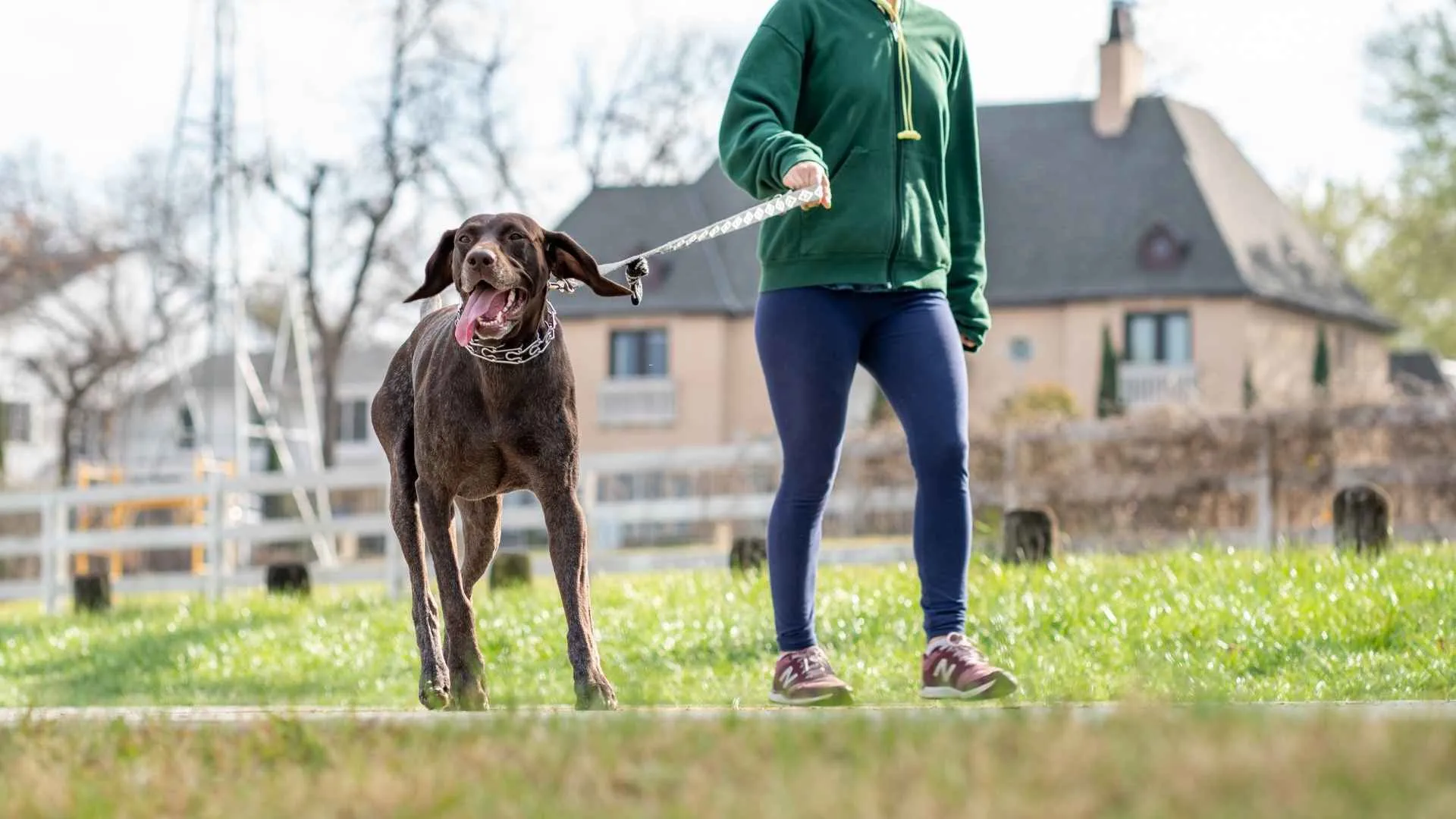
German Shorthaired Pointers possess one of the sharpest scenting abilities among upland dogs. They can track scents both on the ground and suspended in the air. This dual-mode detection makes them especially accurate in wide-open terrains and shifting wind conditions.
Energy Built for Long Search Hours
With a lean build and deep chest, this breed can sustain hours of tracking without showing early fatigue. Their consistent pace and directional focus help avoid distractions on a trail. This physical stamina matches the mental intensity needed for precision work.
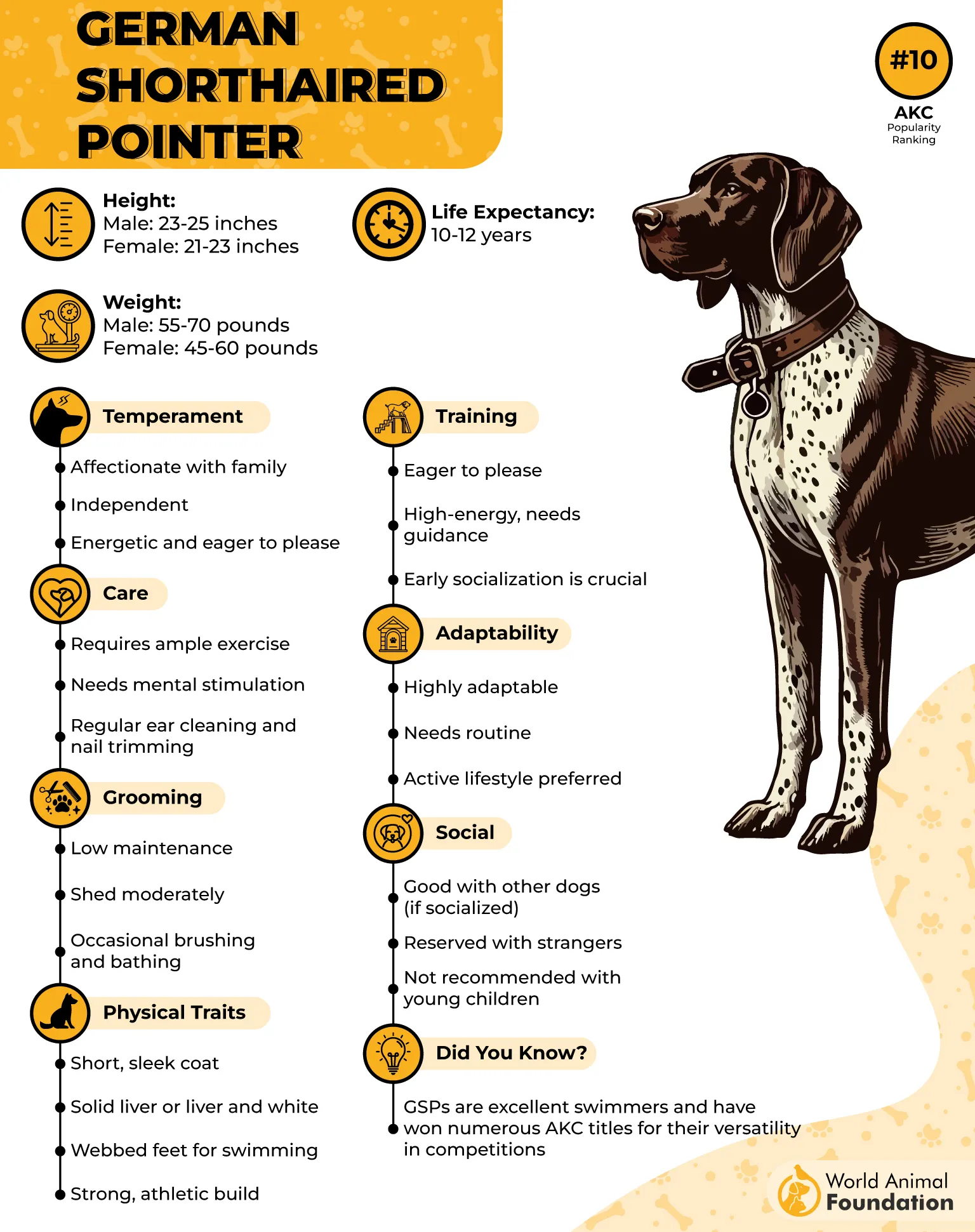
Focused, Attentive, and Easy to Direct
Trainers often find them among the most responsive pointing breeds when it comes to verbal and whistle cues. Their eagerness to please and spatial awareness make them easy to guide across large search zones. These traits also make them highly trusted as loyal companions.
Known for a Unique Pointing Stance
They are one of the few popular breeds known to “freeze” their entire body — even the tail — when locking on a scent, as the AKC claims. This signature pose has made them memorable to field handlers. Their ability to track scents while holding perfect form is instinctual and precise.
5. German Shepherd
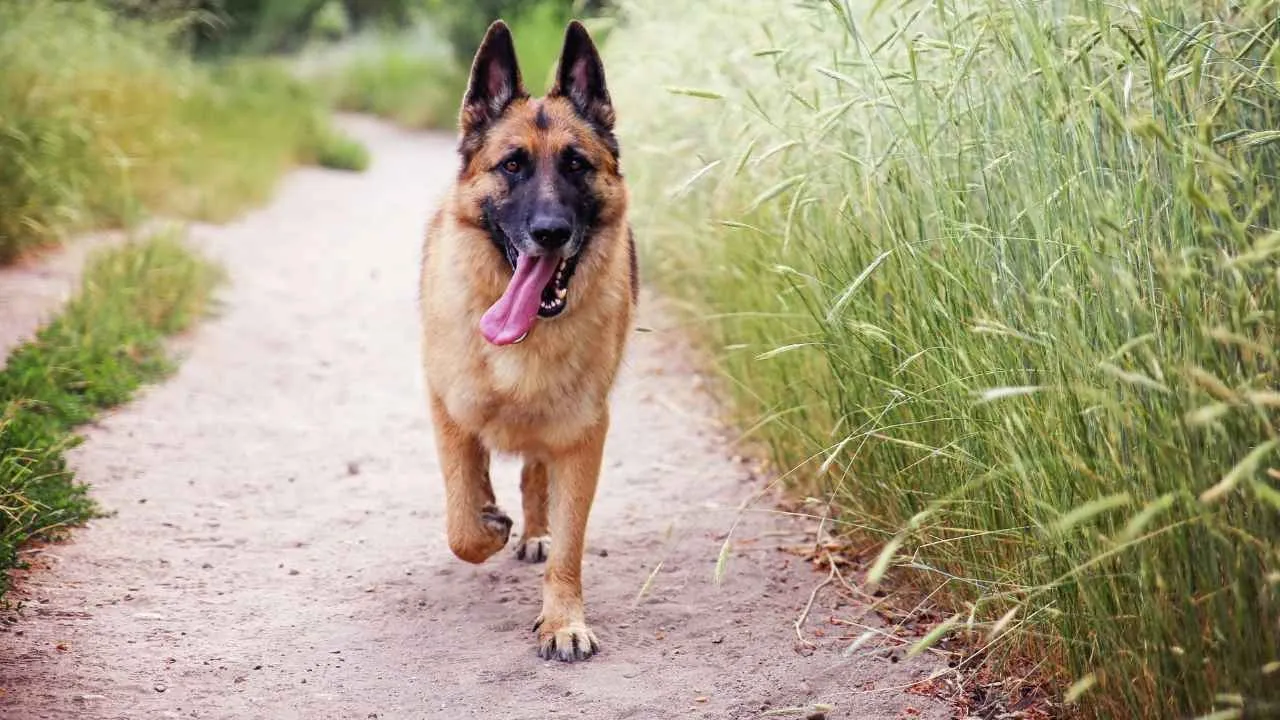
German Shepherds are intensely observant and can pick up subtle environmental changes during search work. Their upright ears and high-set neck posture support quick direction changes. These instincts allow them to switch between visual scanning and scent detection smoothly.
Sharp Memory and Pattern Recognition
They can remember scent trails even after distractions, a trait useful in long searches. Handlers often report that they learn area layouts quickly, including terrain patterns. These mental traits make them ideal for advanced scent discrimination work.
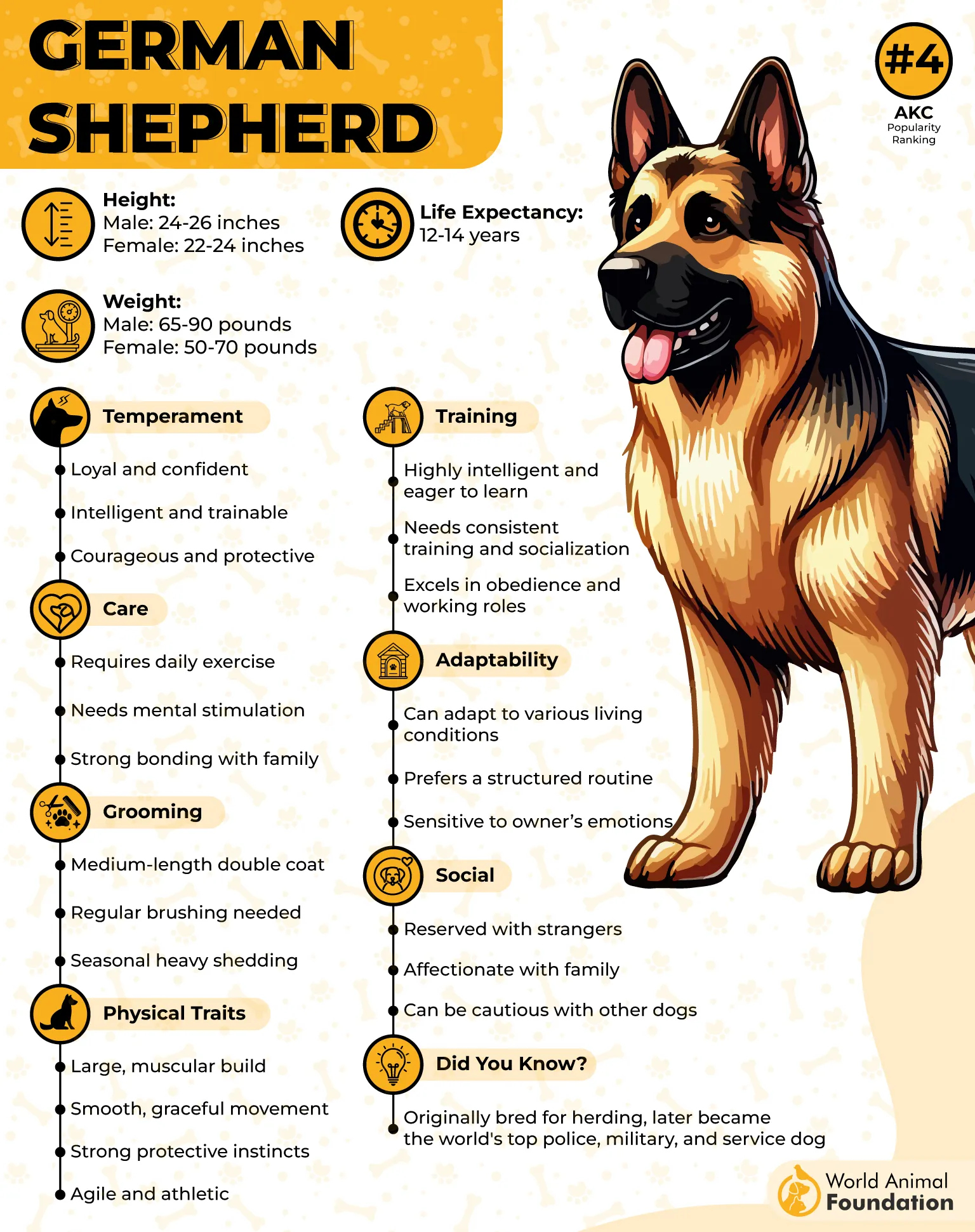
Stamina-Driven and Task-Oriented
The breed’s long stride and balanced weight distribution give them lasting endurance in open terrain. German Shepherds are known for high energy, which helps maintain steady movement during extended tracking. They work best when physically and mentally engaged.
Loyalty That Strengthens Fieldwork
Because they form a strong bond with their handlers, their responsiveness during tasks is consistently high. This connection contributes to smoother teamwork in complex search scenarios. It’s one reason they’re also considered great pets in active households.
6. Labrador Retriever
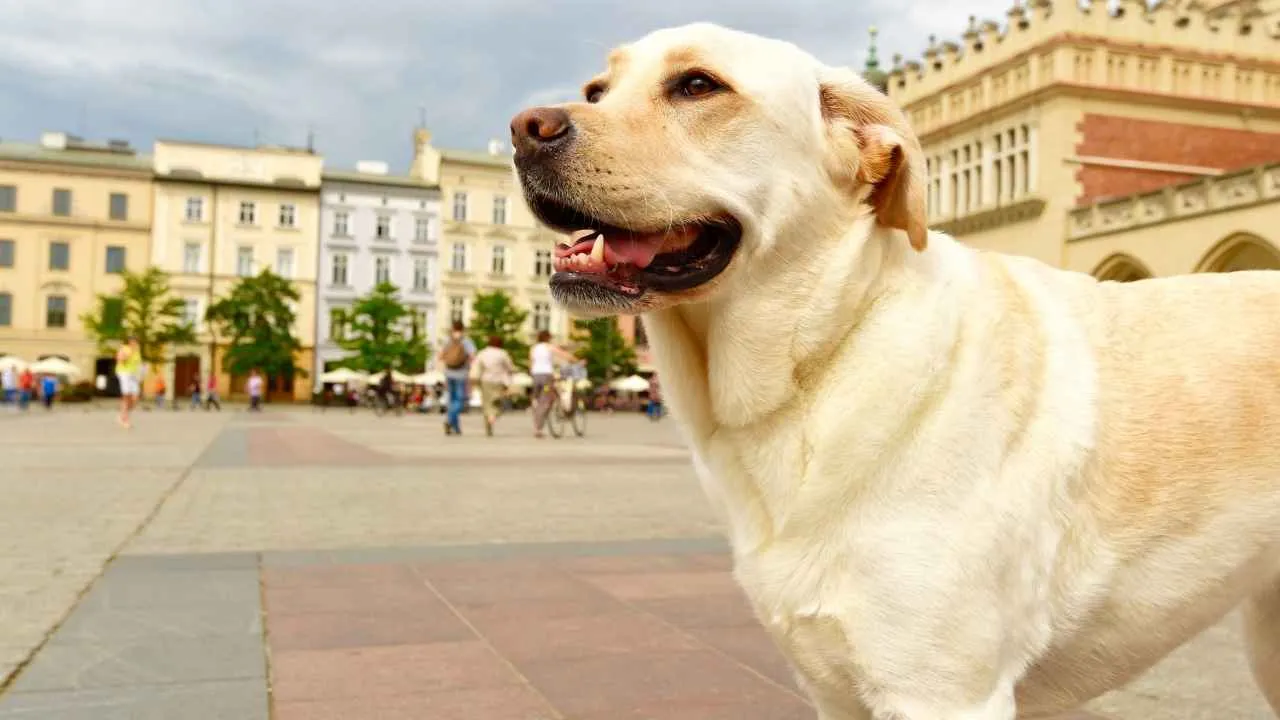
Labradors have over 300 million scent receptors — a key reason they excel in detection and search work. Their broad noses and persistent nature make them consistent performers in scent-based tasks. This breed is often used in medical alert and tracking operations.
Eager Temperament and Focus
They work with handlers easily, showing high levels of attentiveness even in distracting environments. As quick learners, Labs require very little repetition to grasp new scent-based commands. Their ability to stay calm under pressure makes them ideal for fieldwork.
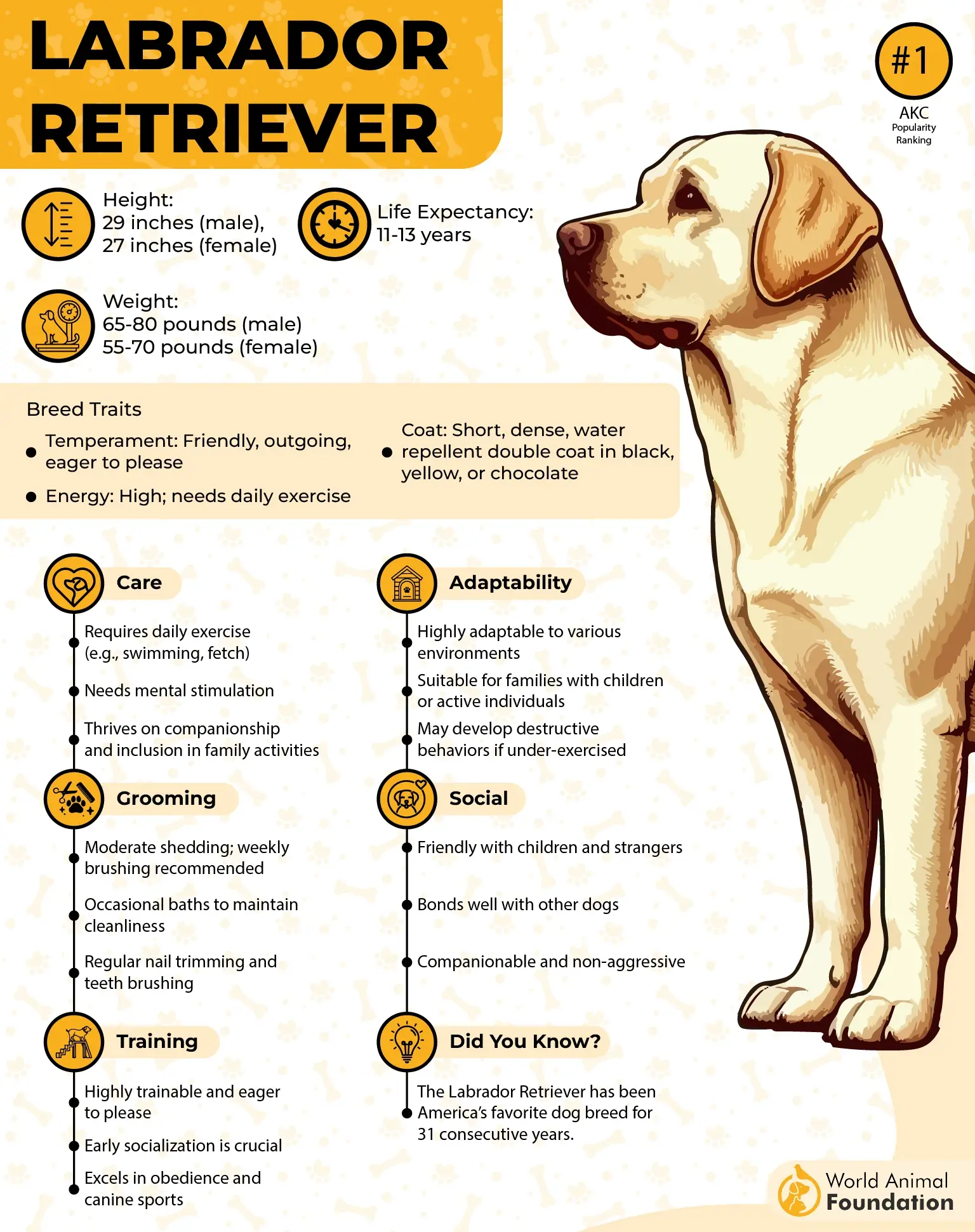
Driven by Movement and Exploration
Their muscular frame and stamina suit long searches that demand consistent physical activity. Labradors maintain their pace in snow, marsh, or fields with very little hesitation. Their water-resistant coat also helps when scenting across wet terrain.
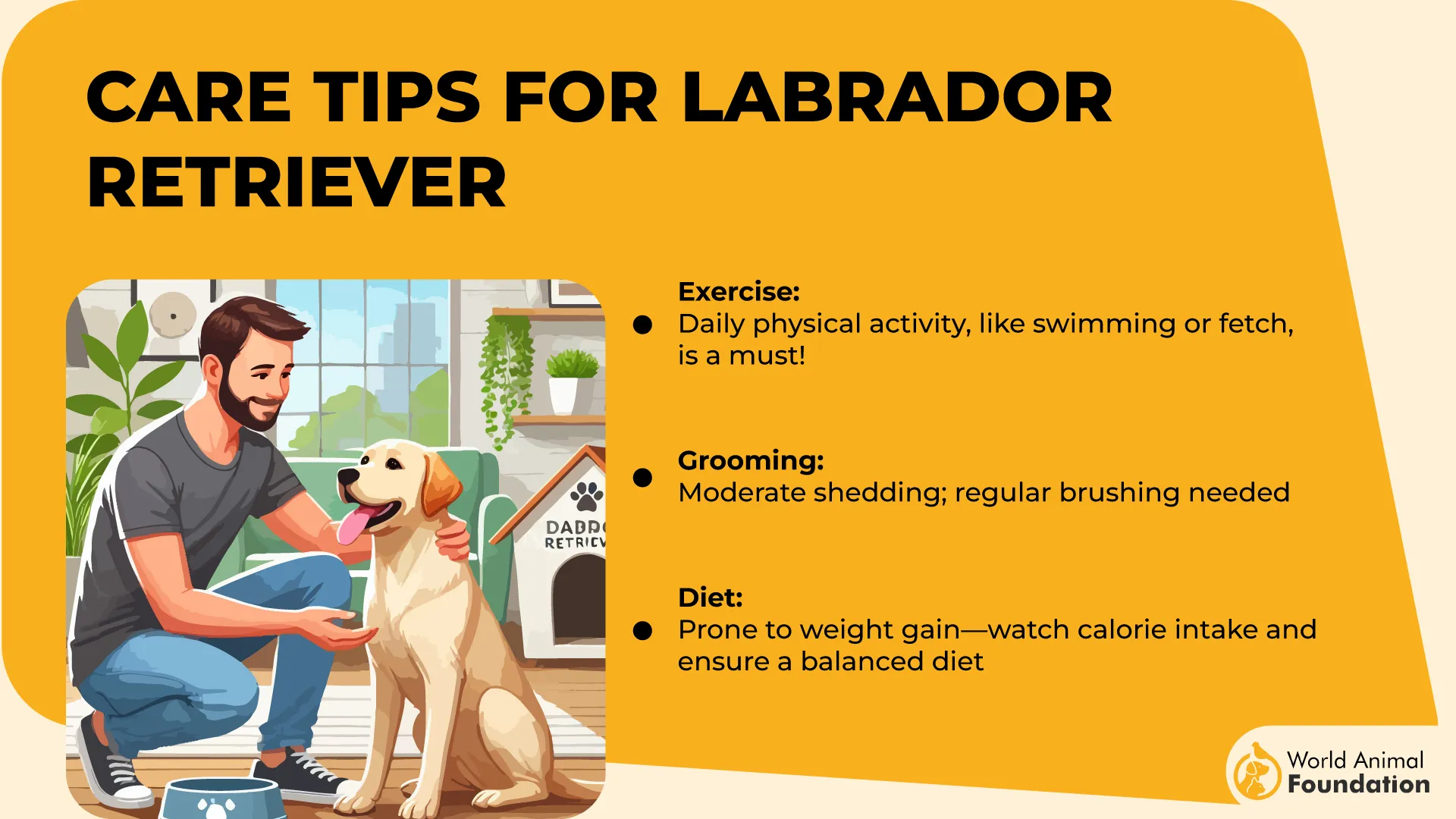
Strong Bond and Work Drive
Labradors are often chosen for tracking tasks because of their eagerness to please and bond with handlers. Their cooperation with humans makes them easier to train for goal-oriented scent work. This loyalty and task focus are among the breed’s most valued qualities.
7. Bloodhound
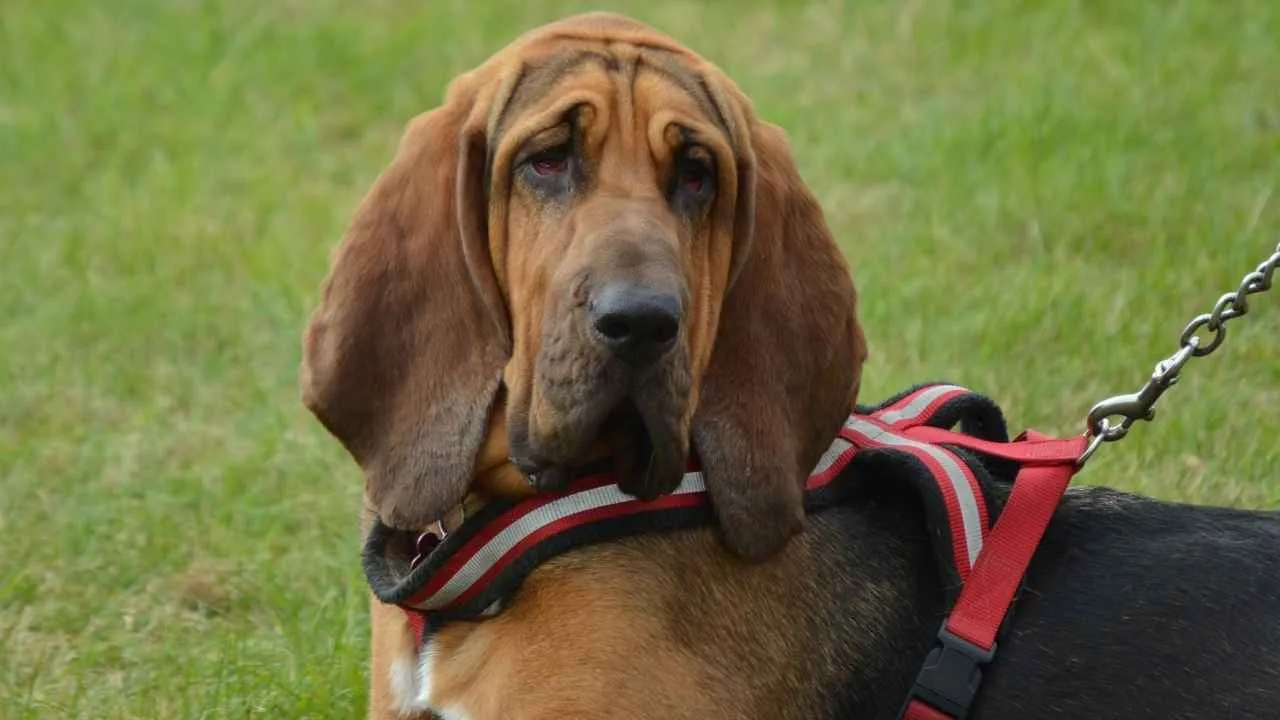
Bloodhounds have one of the strongest scenting abilities ever measured in dogs. With around 300 million scent receptors, they can identify specific human trails days after contact. Their accuracy in scent discrimination has been acknowledged in legal and forensic work.
Anatomy Designed for Scent Work
The breed’s droopy skin and long ears help hold and direct scent particles. Loose skin around the neck traps odor near the nose, while the ears sweep scent upward as the dog moves. These features enhance their ground-tracking efficiency.
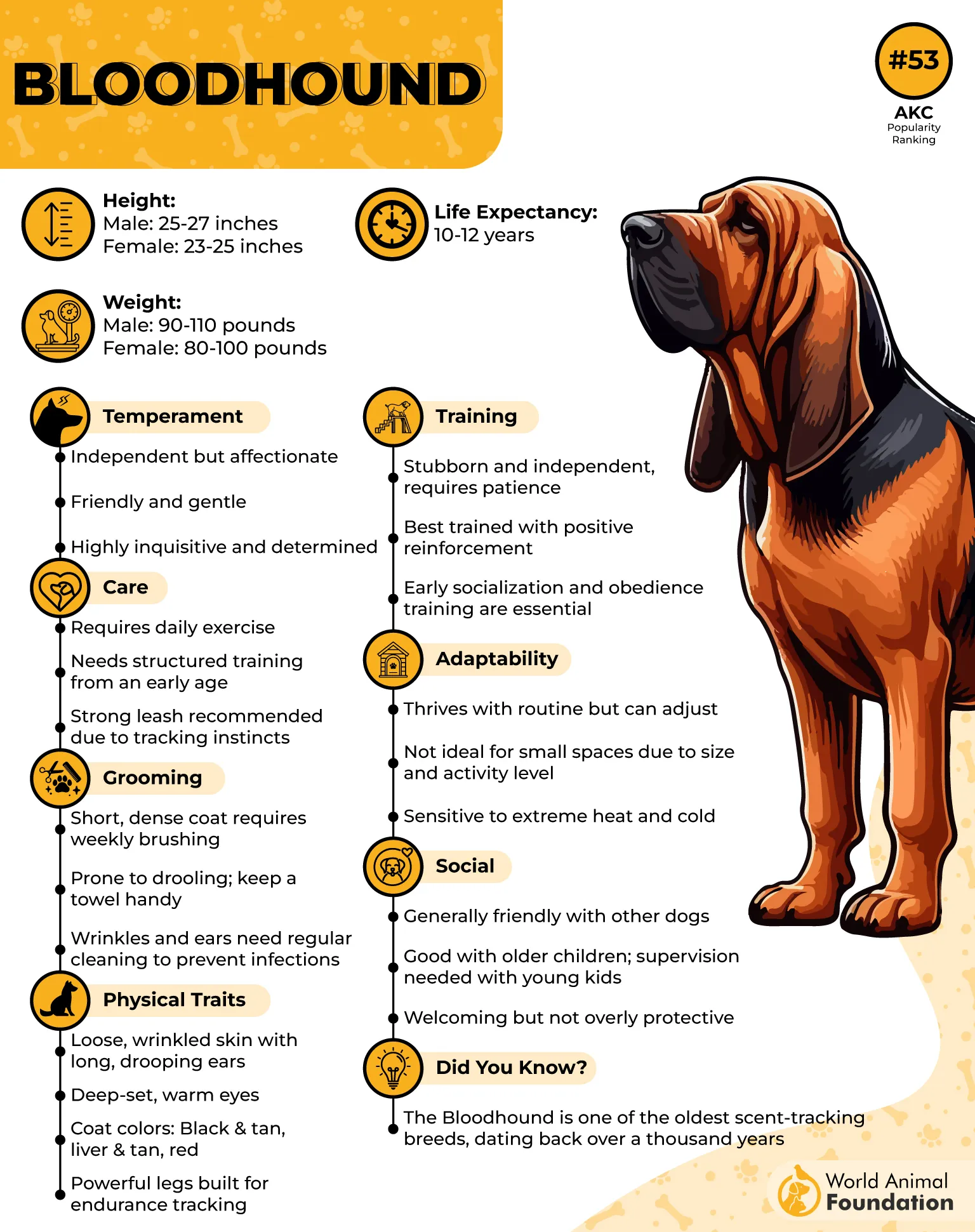
Extreme Focus and Determination
Bloodhounds are known for sticking to a trail with remarkable consistency, often for distances over 100 miles. They stay locked into a scent with minimal redirection. This kind of focus makes them highly reliable during search operations.
Recognized for Forensic Use
Courts in several regions have accepted Bloodhound tracking results as part of investigative procedures. Their scent-trailing records are formally documented in case files. Few other breeds have been used this way in official criminal investigations.
Conclusion
Some dogs chase balls. These dogs chase trails. What lives in them isn’t just talent — it’s generations of instinct that make them follow the scent when others wouldn’t even notice it.
Whether they’re tracking wounded animals through harsh conditions or flushing out small game in thick brush, these breeds know what they’re doing.
They’ve been doing it for over a decade in forests, fields, and search teams. Their excellent noses pick up what we miss — a print in the dirt, a broken stem, a shift in the wind. For them, it’s not just a walk. It’s a mission.

